Home>Renovation & DIY>Home Renovation Guides>Which Is Better: Slab Or Crawl Space
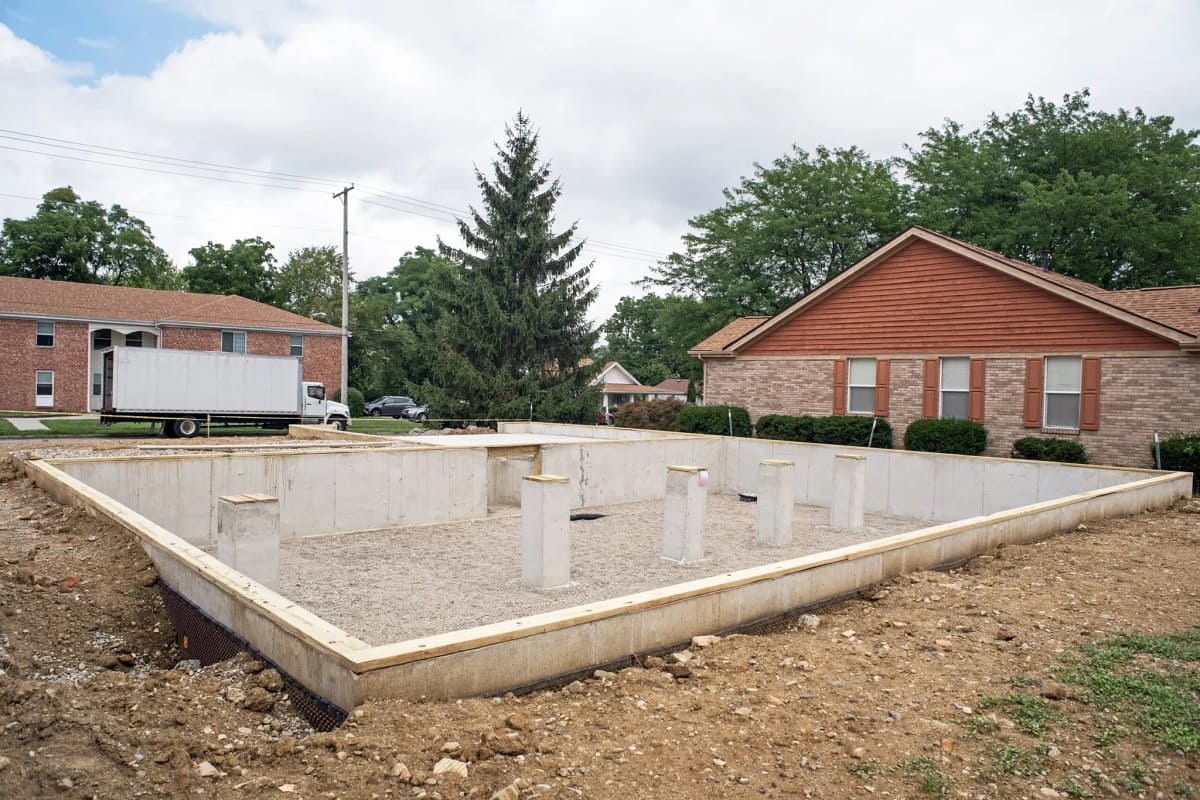

Home Renovation Guides
Which Is Better: Slab Or Crawl Space
Modified: February 18, 2024
Discover the pros and cons of slab and crawl space foundations in our comprehensive home renovation guide. Make an informed decision for your next project.
(Many of the links in this article redirect to a specific reviewed product. Your purchase of these products through affiliate links helps to generate commission for Storables.com, at no extra cost. Learn more)
Introduction
When it comes to building or renovating a home, one of the critical decisions that homeowners face is choosing the right foundation type. The foundation serves as the anchor for the entire structure, providing stability and support. Two popular options for residential construction are slab foundations and crawl space foundations. Each has its own set of advantages and drawbacks, and understanding the differences between them is crucial for making an informed choice.
In this comprehensive guide, we will delve into the intricacies of slab and crawl space foundations, exploring their unique characteristics, pros, and cons. By the end of this article, you will have a clearer understanding of these two foundation types, empowering you to make a well-informed decision for your home renovation or construction project. So, let's dive in and unravel the mysteries of slab and crawl space foundations to determine which option best suits your needs.
Key Takeaways:
- Choosing between a slab foundation and a crawl space foundation depends on factors like soil stability, moisture control, and long-term costs. Each type has its pros and cons, so it’s crucial to consider specific project needs and site conditions.
- Slab foundations are cost-effective and low-maintenance, while crawl space foundations offer better ventilation and energy efficiency. Understanding these differences helps homeowners and builders make informed decisions for their construction projects.
Read more: What Is A Crawl Space?
What is a Slab Foundation?
A slab foundation, also known as a concrete slab foundation, is a type of foundation that is directly poured onto the ground to create a solid base for a building. This type of foundation is typically used in areas with stable soil conditions and minimal risk of freezing. It is a popular choice for many residential and commercial construction projects due to its simplicity and cost-effectiveness.
Slab foundations are characterized by their single, continuous layer of concrete that serves as both the floor of the building and the foundation. This means that there is no space between the ground and the bottom of the structure, providing a seamless and sturdy base for the entire building. The concrete slab is reinforced with steel bars to enhance its strength and durability, ensuring that it can support the weight of the structure above.
One of the key features of a slab foundation is its low profile, which eliminates the need for a crawl space or basement. This can be advantageous in regions with high water tables or flood-prone areas, as it reduces the risk of water infiltration and damage to the building. Additionally, the absence of a crawl space or basement can result in cost savings during construction and may provide more flexibility in architectural design.
In terms of construction, slab foundations are relatively quick to install compared to other foundation types, which can help expedite the overall building process. They also offer the benefit of easy access for maintenance and repairs, as there is no need to navigate through a crawl space or basement.
While slab foundations offer several advantages, it's important to consider potential drawbacks as well. For instance, they may not be suitable for areas with expansive or unstable soil, as these conditions can lead to cracking or shifting of the concrete slab. Additionally, because the entire building rests directly on the slab, any plumbing or electrical work must be carefully planned and executed to avoid the need for future modifications.
In summary, a slab foundation provides a solid, cost-effective base for buildings in stable soil conditions, offering simplicity, durability, and ease of maintenance. Understanding the characteristics and considerations associated with slab foundations is essential for making informed decisions in home construction and renovation projects.
Pros and Cons of Slab Foundations
Slab foundations offer a range of benefits and drawbacks that should be carefully considered when evaluating their suitability for a construction or renovation project. Understanding these pros and cons is essential for making informed decisions about the foundation type. Let's explore the advantages and disadvantages of slab foundations in detail.
Pros of Slab Foundations
-
Cost-Effectiveness: Slab foundations are often more cost-effective than other foundation types, as they require less labor and materials. The absence of a crawl space or basement can result in significant cost savings during construction.
-
Quick Installation: The construction of a slab foundation is typically faster than other foundation types, which can expedite the overall building process. This can lead to reduced construction time and associated costs.
-
Low Maintenance: Slab foundations are relatively low maintenance, as there is no crawl space or basement to monitor. This can result in long-term cost savings and reduced upkeep requirements for homeowners.
-
Space Efficiency: The absence of a crawl space or basement provides more usable interior space in the building. This can be advantageous for maximizing the available square footage and optimizing the layout of the structure.
-
Resistance to Moisture: Slab foundations can be advantageous in areas with high water tables or flood-prone conditions, as they eliminate the risk of water infiltration through a crawl space or basement.
Cons of Slab Foundations
-
Limited Insulation: Slab foundations may result in higher heating and cooling costs, as they lack the insulation benefits provided by a raised floor in a crawl space or basement.
-
Difficulty in Repairs: If plumbing or electrical lines beneath the slab require maintenance or repairs, accessing and addressing these issues can be more challenging and costly compared to a crawl space or basement.
-
Susceptibility to Soil Conditions: Slab foundations may not be suitable for areas with expansive or unstable soil, as these conditions can lead to cracking or shifting of the concrete slab, potentially causing structural issues.
-
Limited Design Flexibility: The absence of a crawl space or basement may limit design options for certain architectural features or utilities, requiring careful planning and coordination during the construction phase.
-
Potential for Future Modifications: Any modifications to plumbing or electrical systems after the construction of a slab foundation may require additional effort and cost, as the infrastructure is embedded within the concrete slab.
In summary, while slab foundations offer cost-effectiveness, quick installation, and low maintenance, they also present challenges related to insulation, repairs, soil conditions, design flexibility, and future modifications. Evaluating these pros and cons in the context of specific project requirements is crucial for determining the most suitable foundation type.
Read more: Which Is Better – Ryobi Or Greenworks?
What is a Crawl Space Foundation?
A crawl space foundation is a type of foundation that elevates a building slightly above the ground, creating a shallow, accessible space between the soil and the bottom of the structure. This foundation type is characterized by its raised floor, typically constructed with concrete footings and perimeter walls, which support the building above. The crawl space itself provides access to essential utilities, such as plumbing, electrical wiring, and HVAC systems, while also serving as a buffer against moisture and soil-related issues.
Crawl space foundations offer several advantages, including improved ventilation and access for maintenance and repairs. The elevated position of the building above the ground allows for better airflow, reducing the risk of moisture buildup and potential mold or mildew issues. Additionally, the crawl space provides convenient access to essential components of the building's infrastructure, making it easier to inspect, repair, or upgrade these systems as needed.
Furthermore, the presence of a crawl space can contribute to energy efficiency by allowing for insulation beneath the raised floor. This insulation helps regulate indoor temperatures, reducing heating and cooling costs while enhancing overall comfort within the building. The additional space provided by the crawl space also offers storage opportunities and can accommodate ductwork for HVAC systems, optimizing the use of available square footage.
Despite these benefits, crawl space foundations also present certain challenges. They require regular maintenance to ensure proper ventilation and moisture control, as excessive dampness in the crawl space can lead to structural issues and indoor air quality concerns. Additionally, the presence of a crawl space necessitates careful pest control measures to prevent infestations and protect the integrity of the building.
In summary, a crawl space foundation offers advantages such as improved ventilation, access for maintenance, and energy efficiency through insulation. However, it requires diligent maintenance and pest control to mitigate potential moisture and structural issues. Understanding the characteristics and considerations associated with crawl space foundations is essential for making informed decisions in home construction and renovation projects.
Pros and Cons of Crawl Space Foundations
Crawl space foundations offer a range of benefits and drawbacks that should be carefully considered when evaluating their suitability for a construction or renovation project. Understanding these pros and cons is essential for making informed decisions about the foundation type. Let's explore the advantages and disadvantages of crawl space foundations in detail.
Pros of Crawl Space Foundations
-
Improved Ventilation: Crawl space foundations provide better airflow beneath the building, reducing the risk of moisture buildup and potential mold or mildew issues. This enhanced ventilation contributes to healthier indoor air quality and helps preserve the structural integrity of the building.
-
Access for Maintenance and Repairs: The elevated position of the building above the ground allows for convenient access to essential utilities, such as plumbing, electrical wiring, and HVAC systems. This accessibility facilitates regular inspections, maintenance, and repairs, ensuring the efficient operation of these vital components.
-
Energy Efficiency: Crawl space foundations allow for insulation to be installed beneath the raised floor, contributing to improved energy efficiency. The insulation helps regulate indoor temperatures, reducing heating and cooling costs while enhancing overall comfort within the building.
-
Additional Storage Space: The presence of a crawl space provides opportunities for storage, allowing homeowners to utilize the available space for storing seasonal items, tools, or other belongings. This can help declutter the main living areas and optimize the use of square footage within the home.
-
Ductwork Placement: Crawl spaces can accommodate ductwork for HVAC systems, optimizing the distribution of conditioned air throughout the building. This strategic placement of ductwork contributes to efficient heating and cooling, enhancing the overall comfort and functionality of the home.
Cons of Crawl Space Foundations
-
Moisture Control Challenges: Crawl space foundations require diligent maintenance to control moisture levels and prevent dampness-related issues. Without proper ventilation and moisture management, crawl spaces can become susceptible to mold growth, wood rot, and structural damage.
-
Pest Control Concerns: The presence of a crawl space necessitates proactive pest control measures to prevent infestations by insects, rodents, and other pests. Regular inspections and pest management strategies are essential to safeguard the integrity of the building and ensure a healthy living environment.
-
Potential for Insulation Issues: Inadequate or improperly installed insulation in the crawl space can compromise energy efficiency and indoor comfort. Ensuring proper insulation and vapor barrier installation is crucial to maximize the benefits of a crawl space foundation.
-
Accessibility Challenges: Accessing the crawl space for maintenance or repairs may pose challenges, especially in confined or obstructed areas. Careful planning and consideration of access points are necessary to facilitate efficient upkeep of the crawl space and its components.
-
Cost Considerations: The initial construction and ongoing maintenance of a crawl space foundation may entail higher costs compared to a slab foundation, requiring homeowners to weigh the long-term benefits against the associated expenses.
In summary, while crawl space foundations offer advantages such as improved ventilation, access for maintenance, and energy efficiency through insulation, they also present challenges related to moisture control, pest management, insulation, accessibility, and cost considerations. Evaluating these pros and cons in the context of specific project requirements is crucial for determining the most suitable foundation type.
Read more: Which Vacuum Cleaner Is Better
Factors to Consider When Choosing Between Slab and Crawl Space
When faced with the decision of selecting the most suitable foundation type for a construction or renovation project, several critical factors come into play. Understanding these factors is essential for making an informed choice between slab and crawl space foundations. Let's explore the key considerations that can influence the decision-making process:
-
Soil Conditions: The characteristics of the soil at the building site play a pivotal role in determining the appropriate foundation type. Stable, well-compacted soil may favor the use of a slab foundation, while areas with expansive or unstable soil may necessitate the benefits of a crawl space foundation to mitigate potential structural issues.
-
Moisture Control: Assessing the moisture levels and drainage patterns at the site is crucial. In regions prone to high water tables or excessive moisture, a crawl space foundation with proper ventilation and moisture management may offer advantages in preventing dampness-related issues compared to a slab foundation directly in contact with the ground.
-
Climate Considerations: Climate factors, including temperature variations and precipitation levels, can impact the choice between slab and crawl space foundations. In colder climates, the insulation benefits of a crawl space foundation may contribute to improved energy efficiency and indoor comfort, while in warmer regions, the low-profile design of a slab foundation may offer practical advantages.
-
Building Design and Layout: The architectural design and layout of the building can influence the foundation selection. Considerations such as the presence of basements, the need for elevated floor levels, and the placement of essential utilities (plumbing, electrical, HVAC) can guide the decision towards a crawl space foundation to accommodate these requirements effectively.
-
Cost and Long-Term Maintenance: Evaluating the initial construction costs, as well as the long-term maintenance and operational expenses, is essential. While slab foundations may offer cost-effectiveness in construction, crawl space foundations provide accessibility for maintenance and potential energy savings through insulation, requiring a comprehensive cost-benefit analysis.
-
Resale Value and Market Preferences: Understanding the local real estate market and potential impact on the resale value of the property is important. Certain regions or buyer preferences may favor one foundation type over the other, influencing the decision based on market trends and property valuation considerations.
-
Future Expansion and Modifications: Anticipating future expansion or modifications to the building can guide the foundation selection. The flexibility of a crawl space foundation in accommodating changes to utilities and structural adjustments may be advantageous for long-term planning compared to the limitations of a slab foundation.
-
Local Building Codes and Regulations: Compliance with local building codes and regulations is paramount. Understanding the specific requirements and restrictions related to foundation types, soil conditions, and environmental considerations is essential for ensuring regulatory adherence and obtaining necessary permits.
By carefully evaluating these factors in the context of the project's unique requirements and site-specific conditions, homeowners and builders can make an informed decision between slab and crawl space foundations, ultimately laying a solid groundwork for the success and longevity of the structure.
When deciding between a slab or crawl space, consider the local climate, cost, and potential for future renovations. Slabs are better for warmer climates and lower maintenance, while crawl spaces allow for easier access to plumbing and electrical systems.
Conclusion
In conclusion, the choice between a slab foundation and a crawl space foundation is a pivotal decision that significantly impacts the structural integrity, functionality, and long-term performance of a building. Both foundation types offer distinct advantages and drawbacks, and the selection process requires careful consideration of various factors, including soil conditions, moisture control, climate considerations, building design, cost implications, resale value, future expansion, and regulatory compliance.
Slab foundations, characterized by their low profile and cost-effectiveness, are well-suited for stable soil conditions and regions with minimal risk of moisture-related issues. They offer simplicity, quick installation, and low maintenance, making them an attractive option for many residential and commercial construction projects. However, potential challenges related to insulation, repairs, soil conditions, design flexibility, and future modifications must be carefully weighed against these benefits.
On the other hand, crawl space foundations provide improved ventilation, access for maintenance and repairs, energy efficiency through insulation, and additional storage opportunities. They are particularly beneficial in areas with moisture concerns, offering a buffer against dampness-related issues and facilitating better control over indoor air quality. Despite these advantages, crawl space foundations require diligent maintenance, pest control measures, and careful insulation installation to mitigate potential challenges.
Ultimately, the decision between a slab foundation and a crawl space foundation should be guided by a comprehensive assessment of the project's specific requirements, site conditions, and long-term objectives. By evaluating the unique characteristics and considerations associated with each foundation type, homeowners and builders can make an informed choice that aligns with the structural, environmental, and financial goals of the construction or renovation project.
It is essential to engage with experienced professionals, such as structural engineers, architects, and builders, to gain valuable insights and recommendations tailored to the project's needs. Additionally, staying informed about local building codes, regulations, and market trends can further inform the decision-making process, ensuring compliance and alignment with industry standards.
Ultimately, the foundation serves as the cornerstone of a building, providing stability, support, and protection against environmental factors. Whether opting for a slab foundation or a crawl space foundation, thorough consideration of the factors outlined in this guide will empower homeowners and builders to make a well-informed decision, setting the stage for a resilient, functional, and enduring structure.
Frequently Asked Questions about Which Is Better: Slab Or Crawl Space
Was this page helpful?
At Storables.com, we guarantee accurate and reliable information. Our content, validated by Expert Board Contributors, is crafted following stringent Editorial Policies. We're committed to providing you with well-researched, expert-backed insights for all your informational needs.

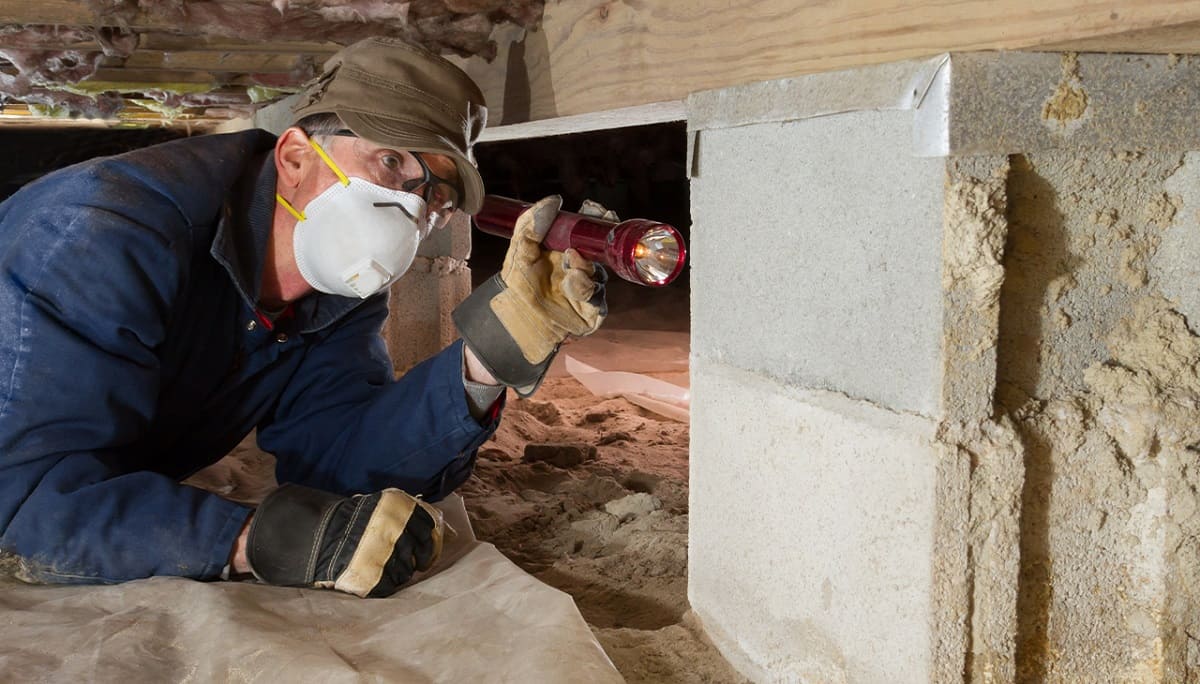
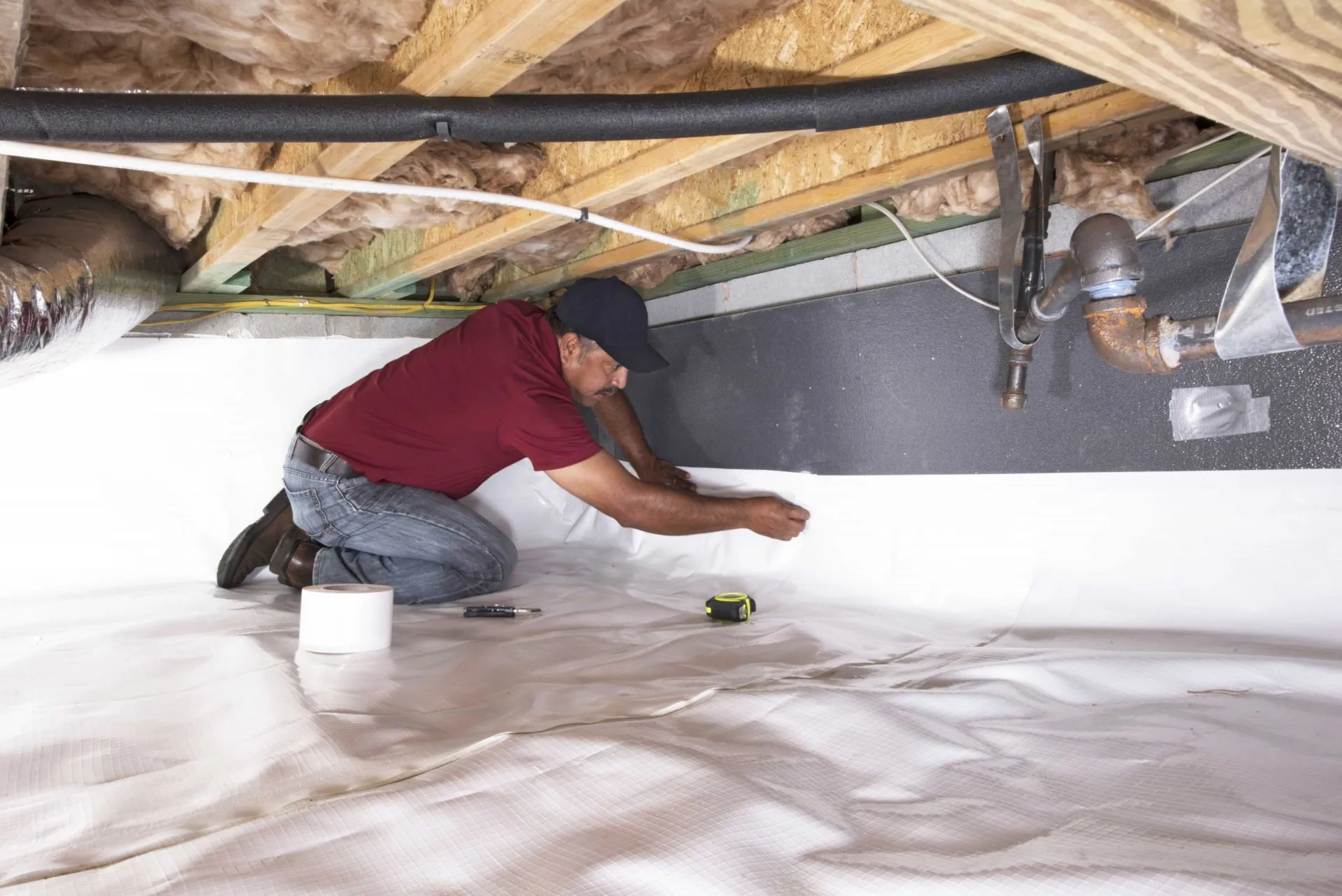




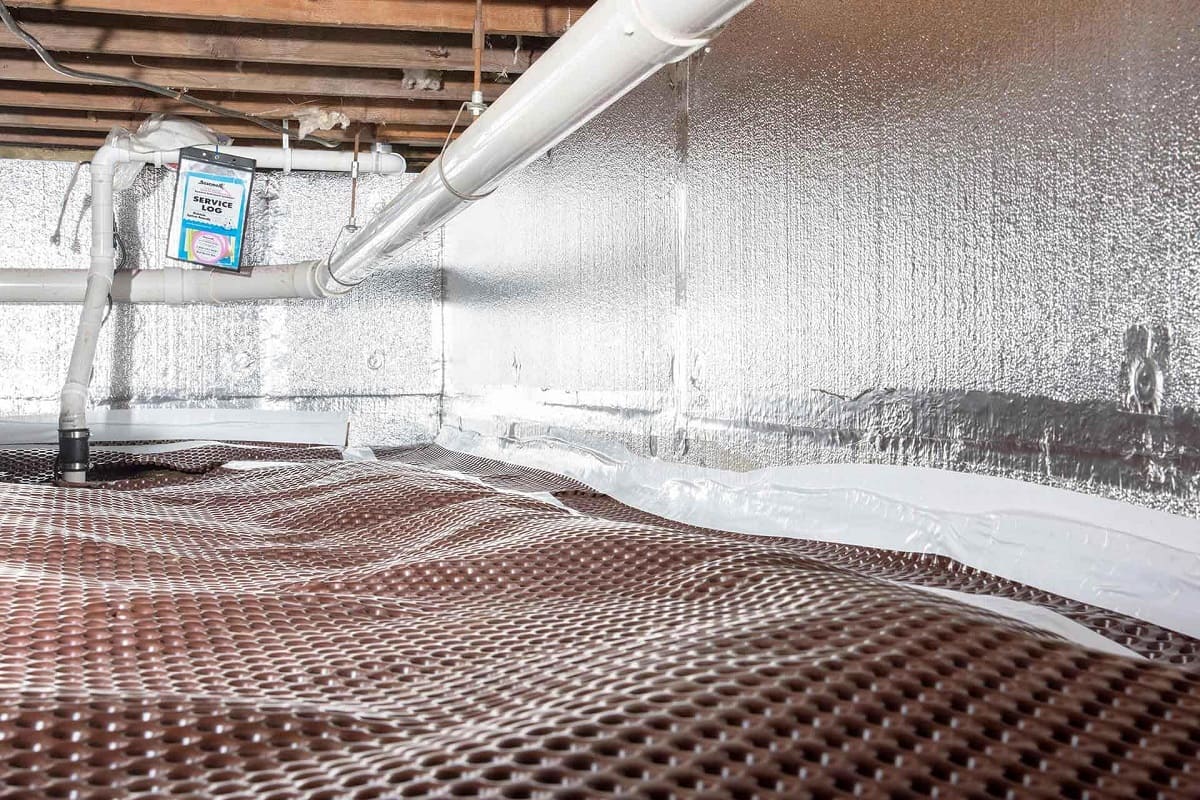
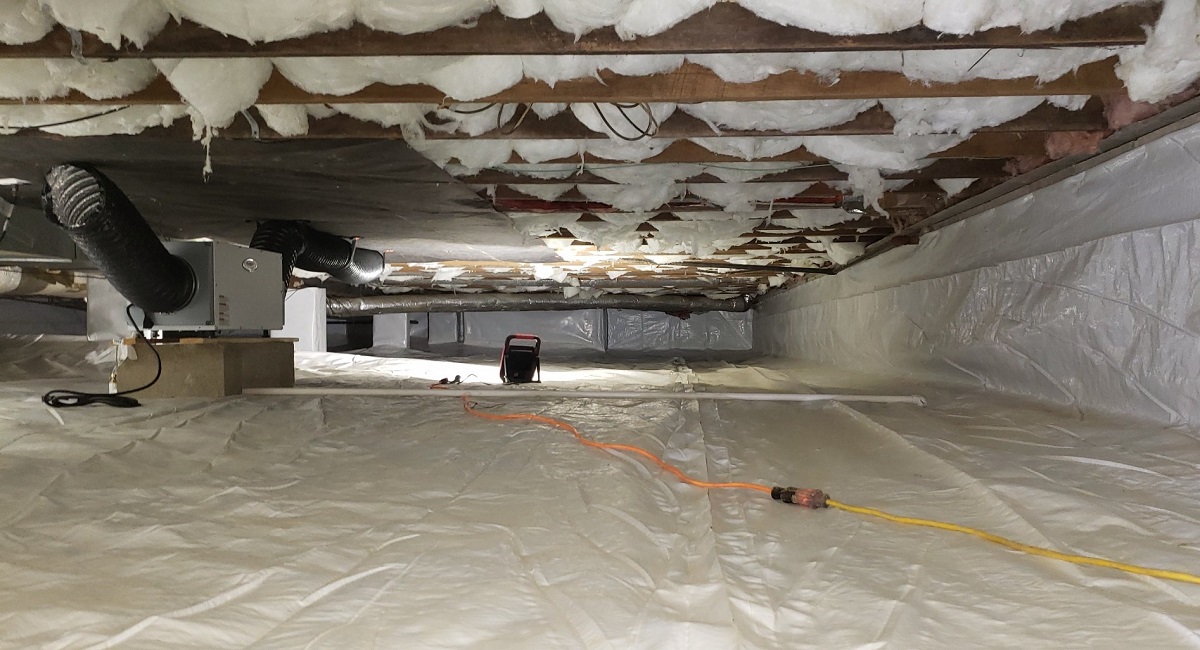
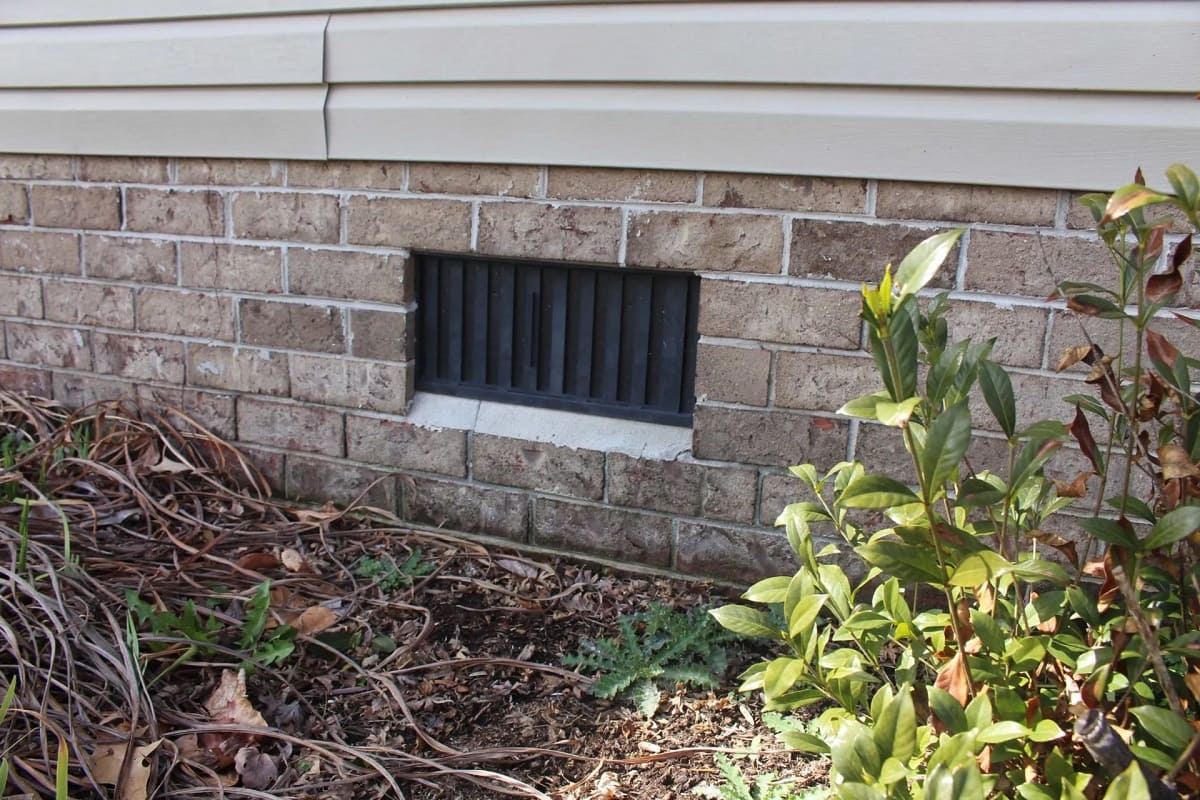
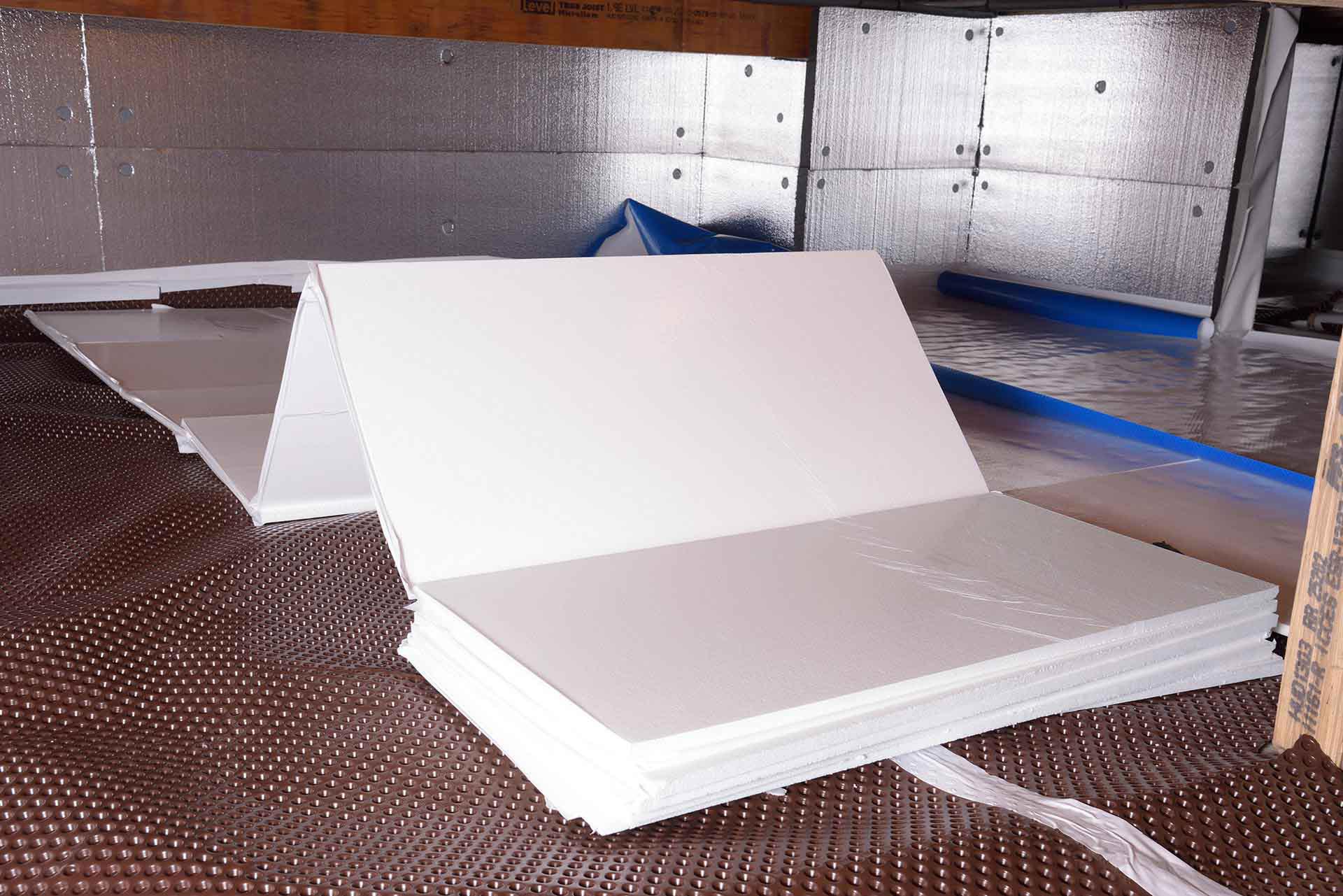
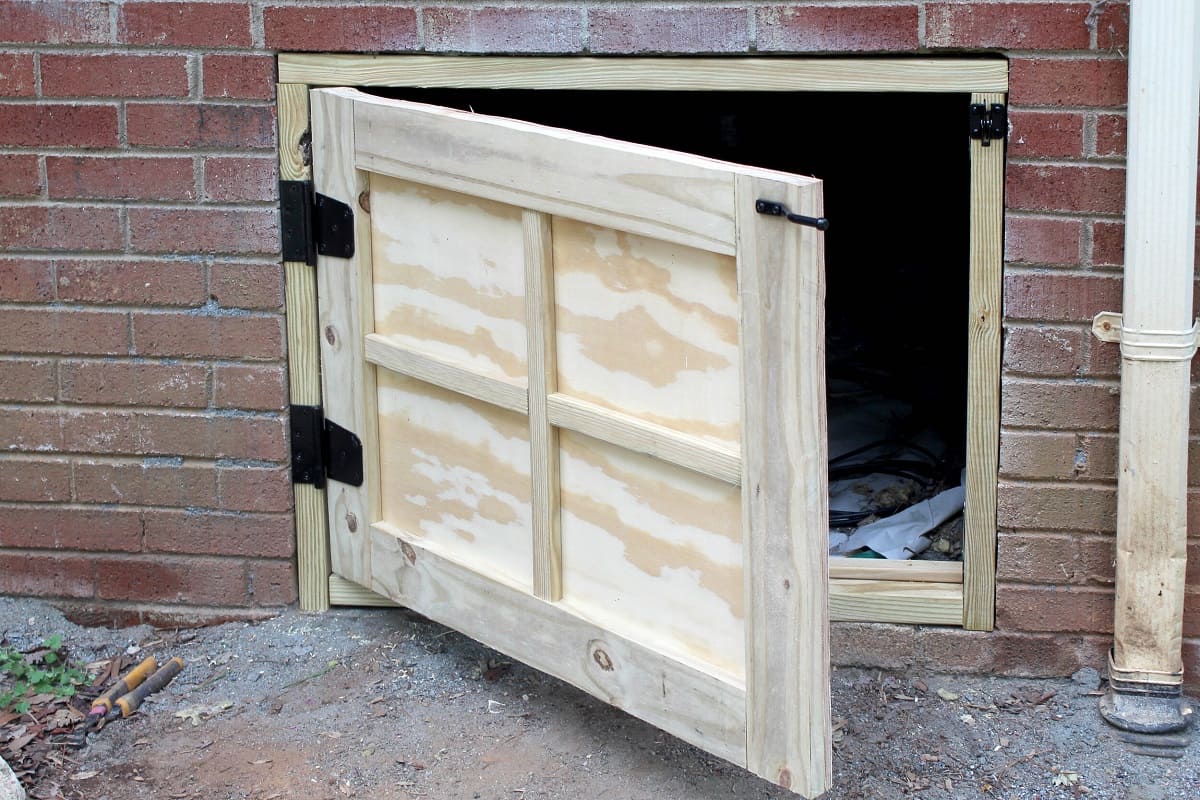


0 thoughts on “Which Is Better: Slab Or Crawl Space”